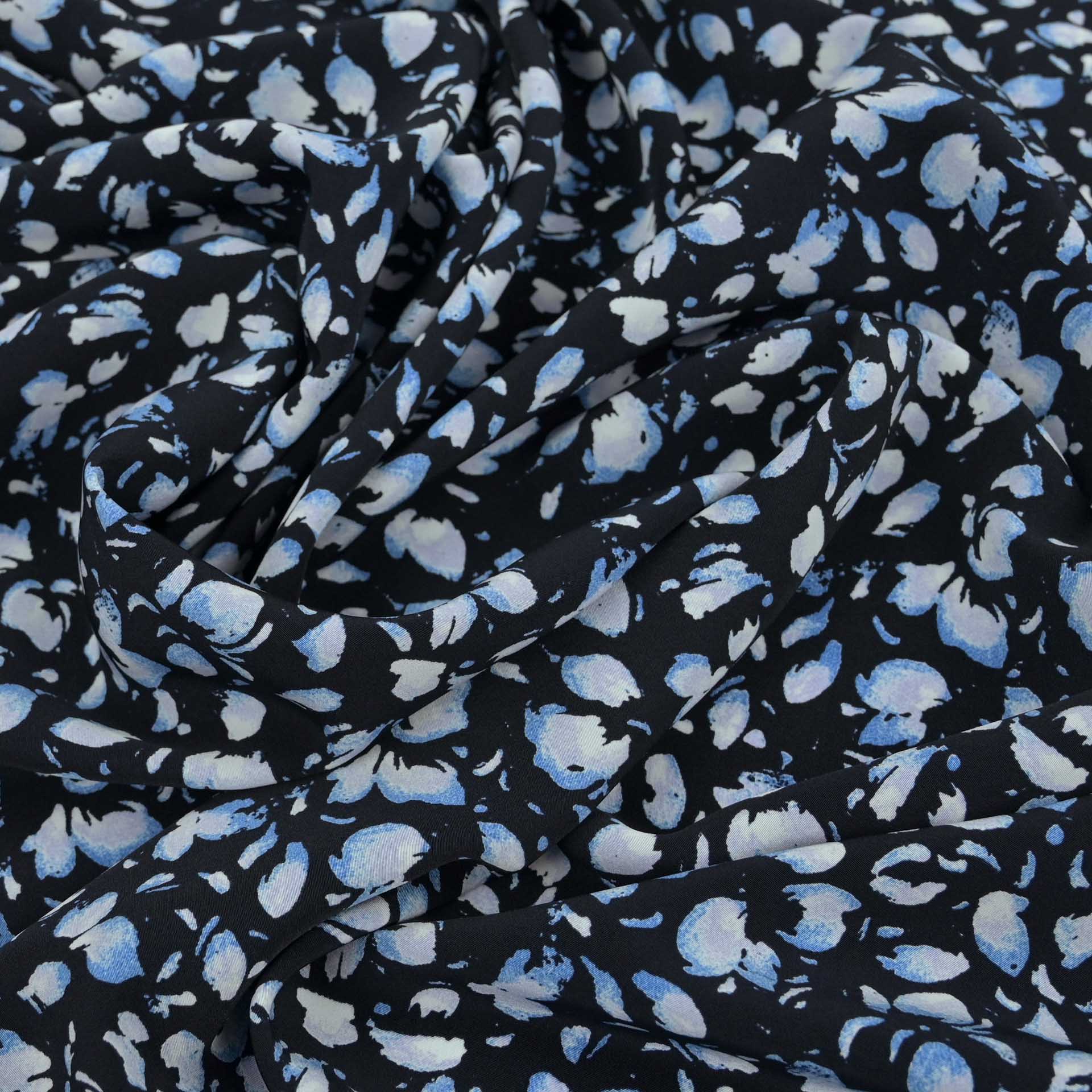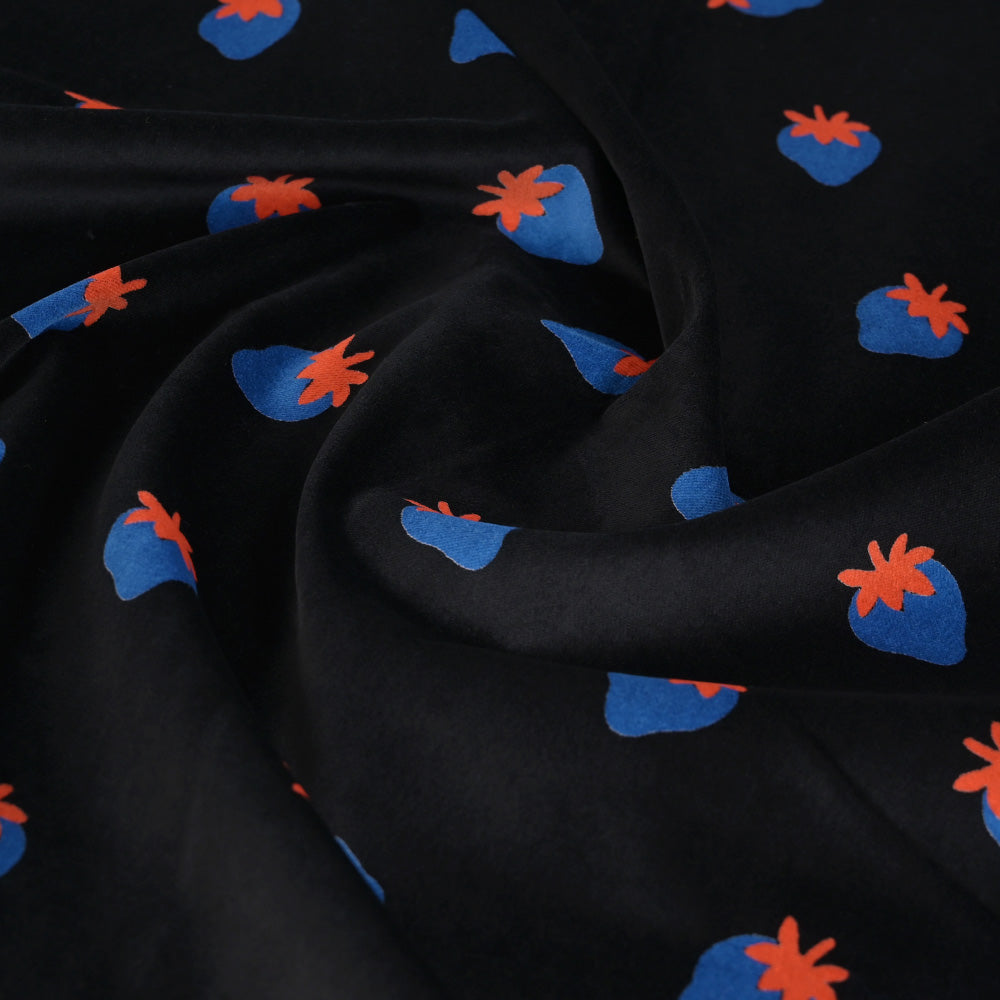
Can a fabric be recycled?
The life cycle of a garment begins at the origin of the garment’s fabric and continues until the garment is no longer used.
Currently, there is a great concern about extending the life cycle of a piece of clothing due to the environmental consequences that the production and its waste can cause.
It is possible to recycle some biodegradable or synthetic fabrics in the sense that textile recycling is the process of recovering fibers, yarns or fabrics. Through this action, it is possible to reprocess the fabrics and create new products.
However, be aware that, before starting the textile recycling process, it is necessary to carry out other steps, such as collecting the fabrics, sorting, processing the various components of a garment and, finally, transporting the new ones to accessible places to future consumers.
Currently, textile recycling or fabric recycling are urgent and very relevant actions because it generates many environmental benefits, such as:
- Reduces waste (or clothing items) deposited in landfills;
- Reduces the consumption of new fibers and raw materials;
- Reduces energy and water consumption (since the production of jeans requires «5,196 thousand liters of water — the equivalent of enough daily consumption to meet the needs of 47 people, according to ONU»;
- Reduces pollution in soil, air and oceans.
Almost all fabrics can be recycled, being more common the recycling of cotton, polyester, viscose and polyamide fabrics. However, the more components a garment has, the more difficult it will be to recycle it since, in addition to the fabric, many items have interlining, linings, buttons, zippers, shoulder pads, among others. It should also be considered that the more fibers that make up the original fabric, the more complex its recycling will be and that, in the days that go by, recycling fabrics with elastane is still a real challenge.
Even so, it is the consumer's awareness of the need for more sustainable actions that notable technological advances have been verified in this area, calling on fabric and clothing manufacturers to contribute to making the manufacturing and recycling processes increasingly more sustainable, effective and common in the fashion industry.



Comment
I appreciate your hard work. Thank you for sharing. I will also share some useful information. https://www.bdwear.com/kids-wear-manufacturer-in-bangladesh/